THE CONSTRUCTIONIST.

JUL
29
FROM AGGREGATES TO COMMUNITIES
We may not realize it, but we use aggregates every single day. In fact, on average, approximately 164 million tonnes of aggregates are used in Ontario each year. That’s about 14 tonnes per person! But what exactly are aggregates and where do they come from? They’re derived from surface-mined pits and quarries. Like our Brock Aggregates pit, all Ontario pits are located in areas where glaciers left behind clean deposits of sand and stone. To find out more, we travelled to our Stouffville pit and were amazed by the raw beauty and value of Ontario’s sand and stone.
GRANULAR A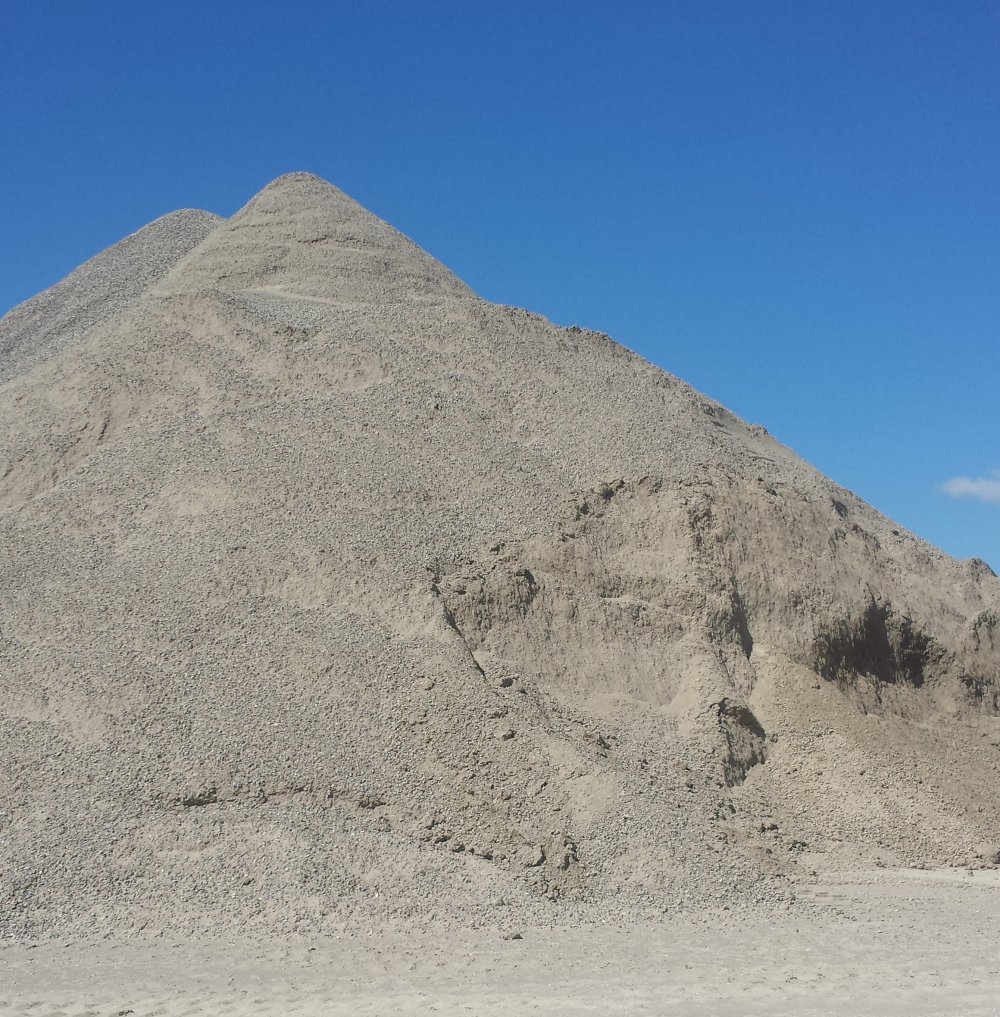
One material extracted from our pit on Warden Rd. in Stouffville is Granular A. This mixture of sand and crushed gravel (1” or smaller) is extremely dense. It serves as a base for roads, highways, patios, walkways, and is also a component in the surface layer of low speed roadways, parking areas, and driveways. Granular A is also used a slab base for residential, commercial, and industrial floors; to backfill material and to raise and level low areas.
GRANULAR B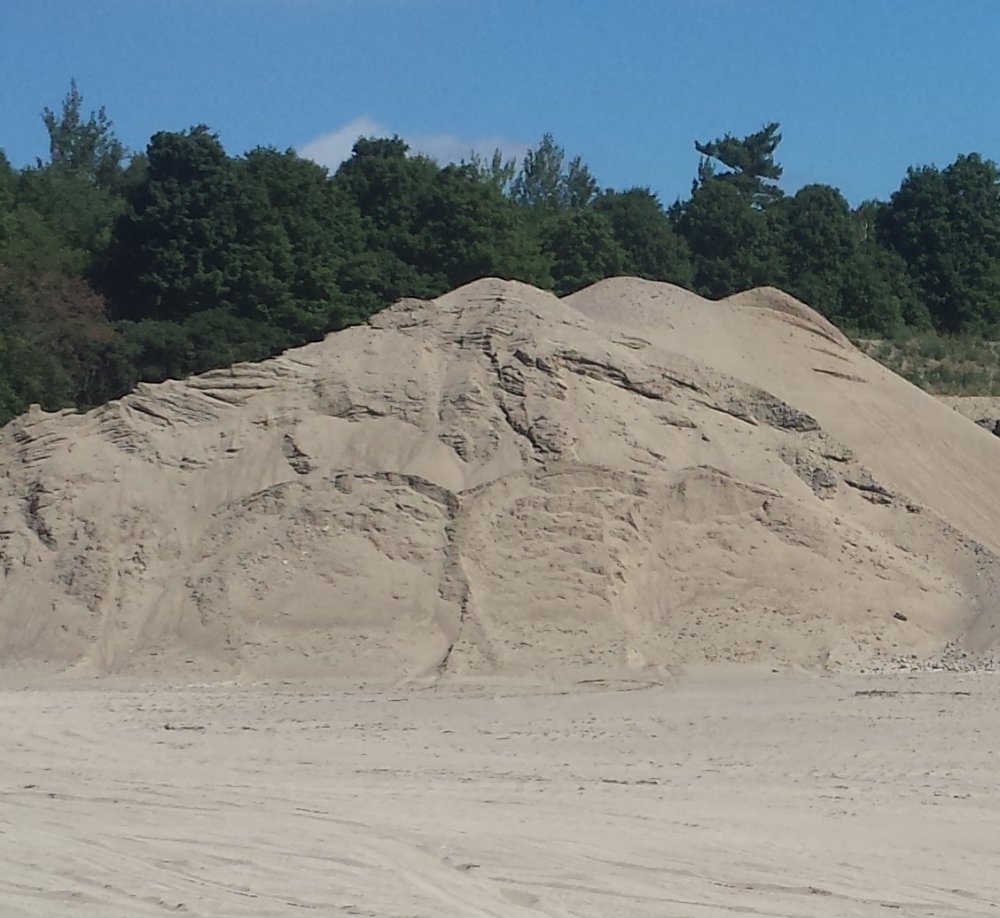
Our next find was a stockpile of Granular B, which contains more sand and larger gravel than Granular A. This product serves as a granular base for highways, roads, patios and walkways, as well as a backfill material around concrete walls for industrial, commercial, and residential buildings.
CABLE SAND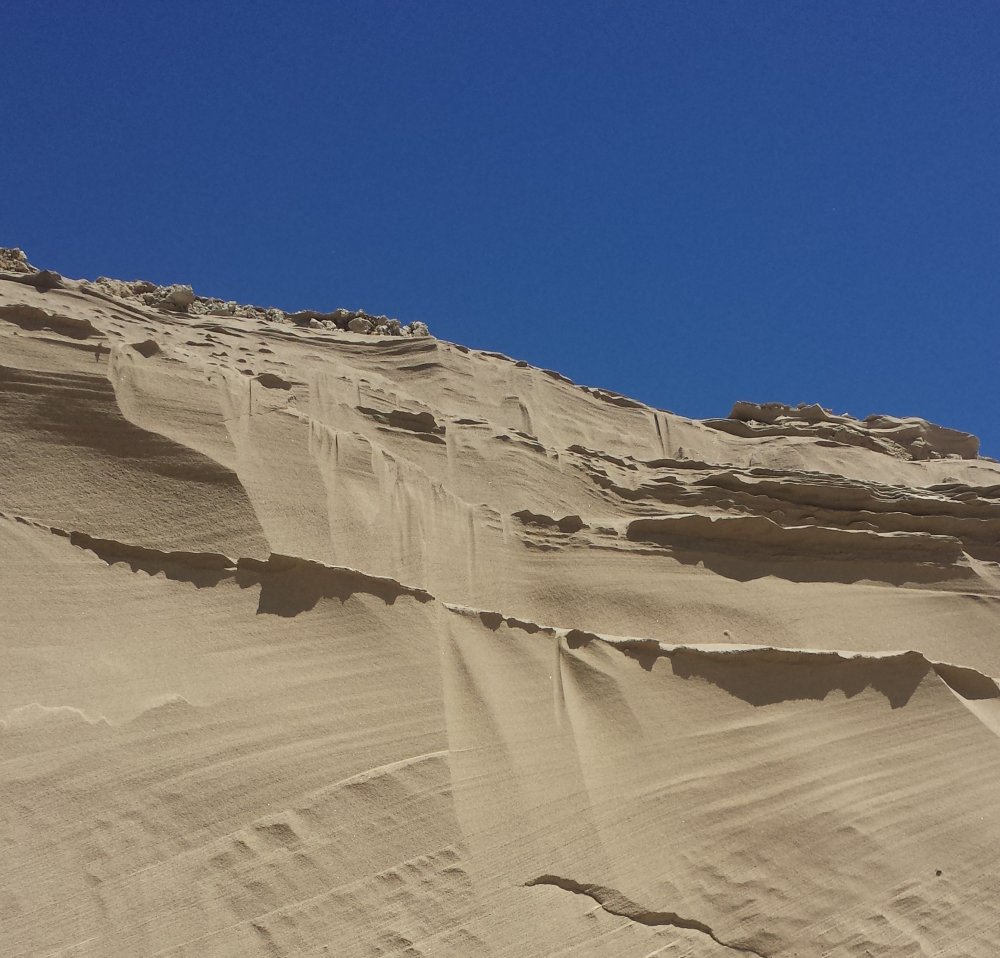
Coarser than Brick Sand, Cable Sand is fine screened and free of stones. While both can be used on playgrounds and in sandboxes, Cable Sand’s coarser texture makes it perfect for laying electrical and mechanical cables, as well as water pipes.
SANDFILL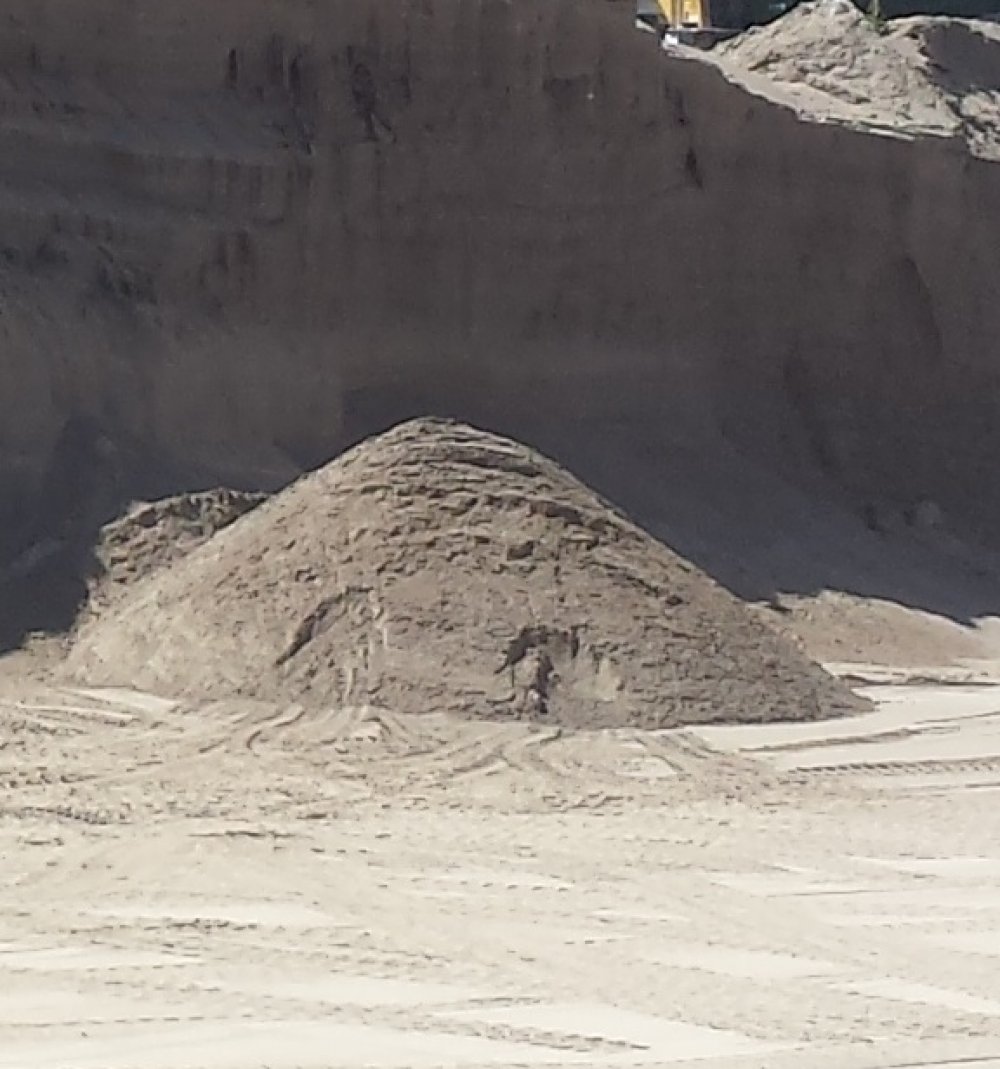
Extracted from the source and used as-is, Sandfill is unscreened so it may contain stone and other materials. It is primarily used in backfilling foundations and to raise and level low areas. Additionally, Sandfill is used to cover pipes and around sewers, water main trenches and petroleum tanks.
Now that we’ve explored what aggregates are, where they come from, and what they’re used for, it’s easier to understand how we use millions of tonnes of sand, stone and gravel each year. Did you know that aggregates are even used in chewing gum?!
We’ll leave you with this fun infographic, courtesy of the Ontario Sand, Stone and Gravel Association, which summarizes all the amazing ways aggregates are used in a suburban environment.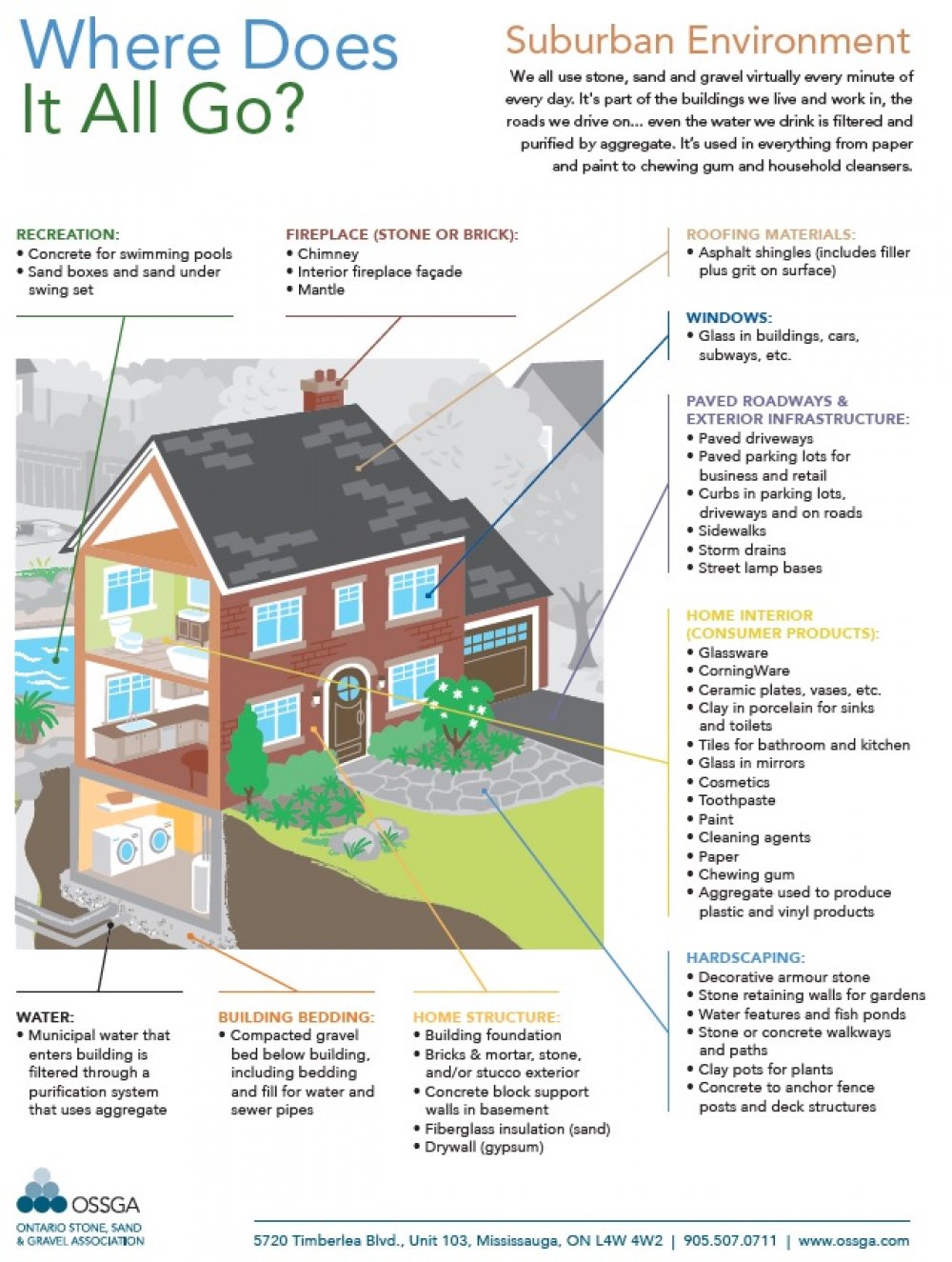
We are fortunate to live in an aggregate-rich Ontario and encourage you to find out more about how aggregates are used in our daily lives. Check out GravelFacts.ca for more!
FIND A LOCATION NEAR YOU
BY POSTAL CODE
KMBY CITY















